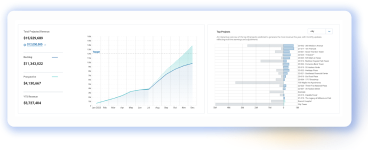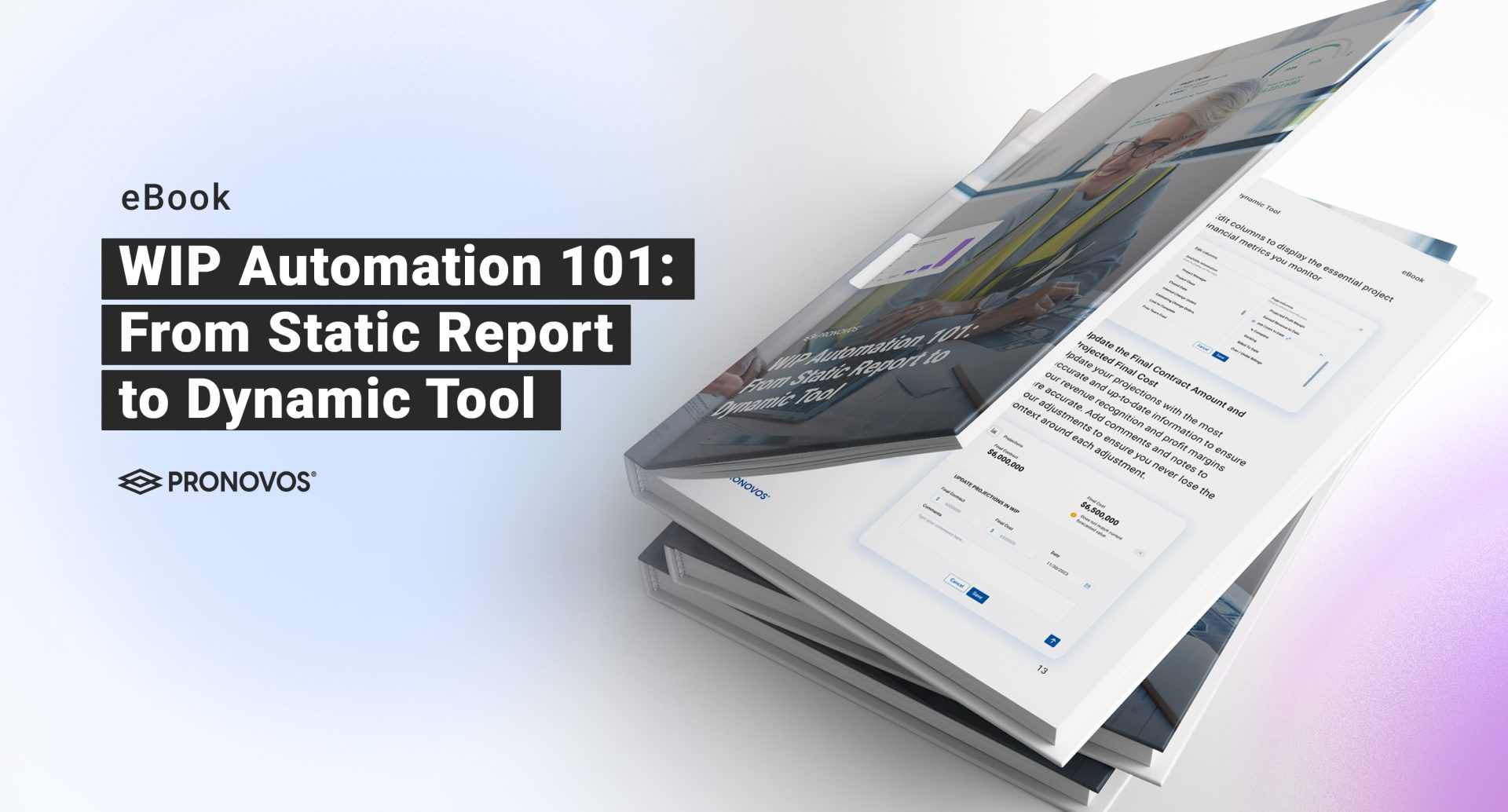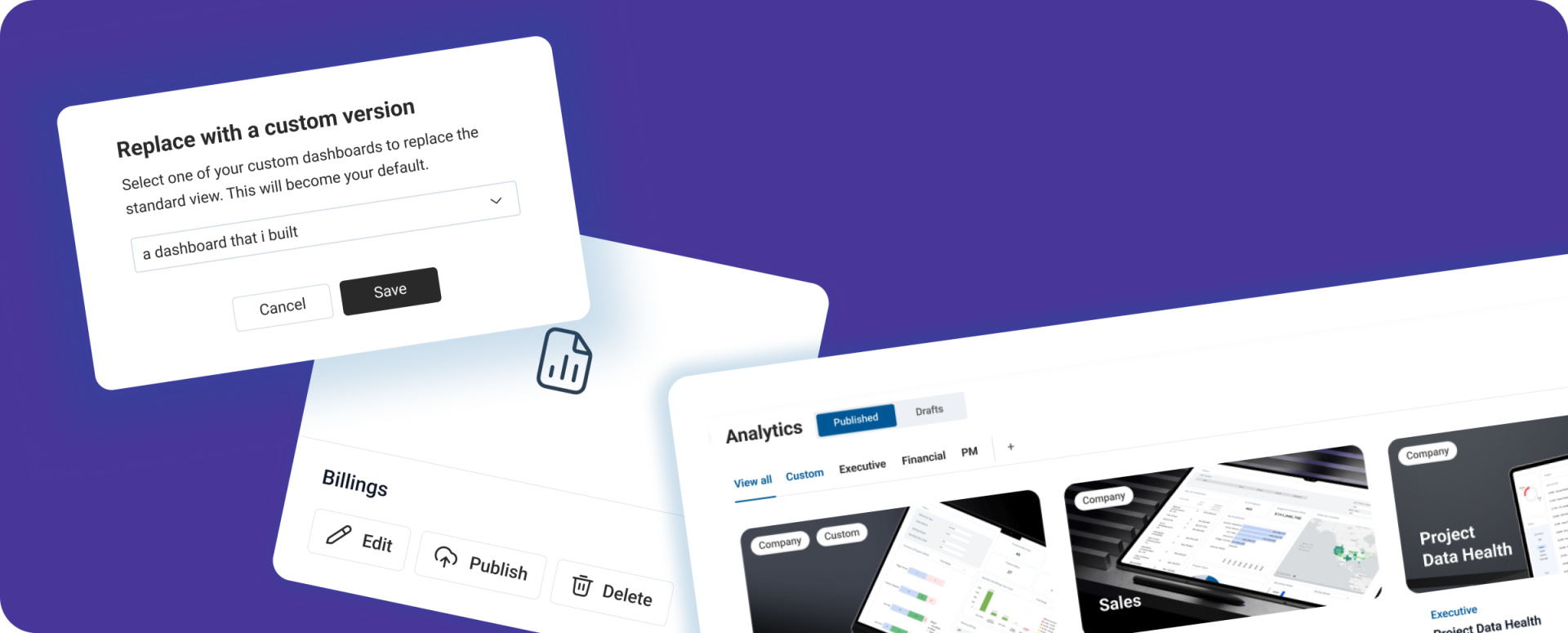WIP Automation 101: From Static Report to Dynamic Tool
In the fast-paced construction world, the Work-in-Progress (WIP) report is an essential financial tool, often hailed as “the only accurate way to know the true profitability” of a company engaged in contract work. It serves as a financial compass, guiding organizations through the complexities of ongoing projects. However, the manual generation of WIP reports poses challenges, from time-intensive processes and limited insights to the inherent risk of errors.
The WIP is critical because it conveys the status of a contractor’s projects to all stakeholders, from internal PMs and execs to the ‘money guys’ such as bankers, the bonding agency, surety underwriters, and other lenders. Cloud-based WIP reports update automatically, providing “always-on” access and allowing contractors to run deeper analyses and create custom snapshots. Therefore, they represent a huge step forward from the legacy approach—namely, waiting on the accounting team to complete its monthly update of a static, backward-looking spreadsheet.
Basics of WIP Reporting
The WIP report is a dynamic and specialized instrument designed to monitor and analyze the financial health of active projects. Specifically tailored for businesses utilizing the percentage-of-completion accounting method, this report takes center stage in reconciling billings and costs on a monthly basis. Its purpose extends beyond a mere financial snapshot; it serves as a compass for navigating complex financial metrics unique to the construction landscape.
Key Components:
Progress Tracking
Monitoring the stage-by-stage progress of construction projects and mandates conducting this report at least monthly as part of the monthly closeout process
Percentage-of-Completion Accounting
Essential for businesses using this accounting method to reconcile billings and costs monthly.


 Brett Diamon
Brett Diamon Casey Dillon
Casey Dillon

